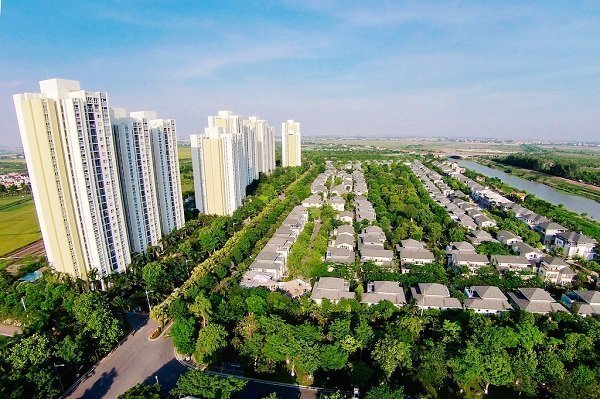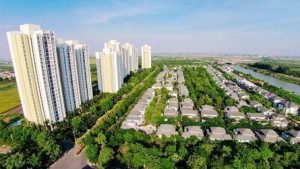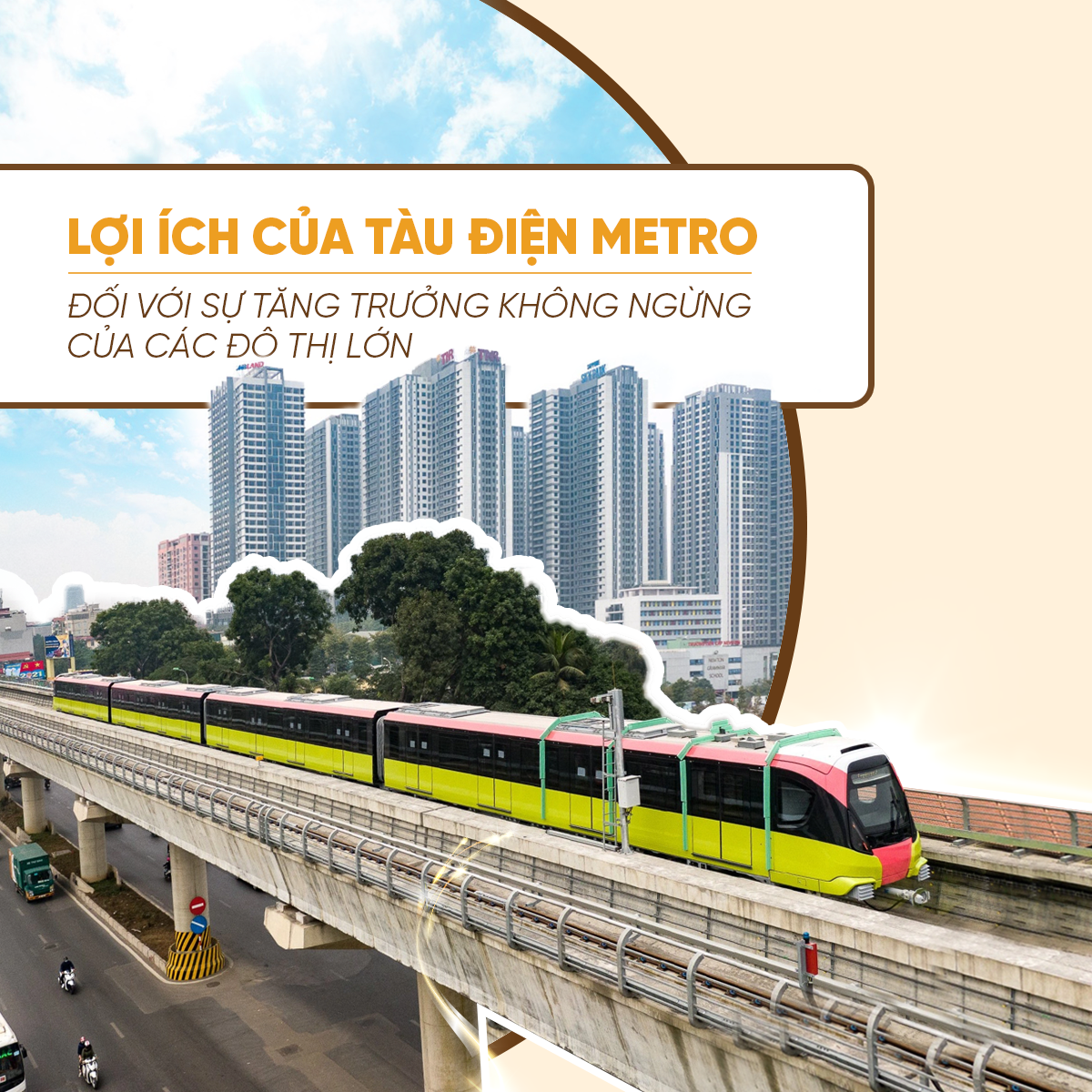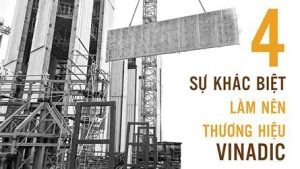More than half of the world’s population is concentrated in cities with the hope of improving their socio-economic status, sustainable cities will pave the way for a balance between growing demand and supply-depleting resources.
Illustration. Source: Internet
This development is a big challenge for urban areas. Besides creating jobs and economic development, the downside of urbanization – developing cities too quickly – is air and water pollution; the “impoverishment” of a part of the population who lost their land – and it is this group that must suffer the severe impacts of water pollution, air environment, waste…
At the discussion on the topic of Green cities – green people last week, architect Nguyen Hong Thuc also emphasized: “We are starting to enter a period of urban and living environment crisis. Therefore, to build a good city, we need the contribution not only of the government but also of experts, people and businesses. In a country where people immediately leave the countryside to go to the city, human consciousness and social consensus probably play a big role.”
According to the Asian Development Council (ADB), “The population in cities is growing by 44 million people every year, equivalent to 120 thousand people every day. This growth requires the construction of more than 20 thousand new homes, 250km of new roads, and additional infrastructure to provide more than 6 mega liters of clean water.”
It is a grim reality that more than 200 million urban residents in Asia live in poverty and often in slums. So these cities are under constant pressure to transform into healthier, more attractive, and economically fulfilling places.
One of the directions chosen by many countries is to build ecological cities and green urban areas. For example, Kawasaki (Japan) is inherently an industrial city. Before the Japanese government invested in revitalizing the city, it struggled with a lack of space, unmanaged industrial waste, and excessive pollution. Based on the principle of “zero waste”, the city aims to recycle waste in one industry or in households and reuse it in another sector such as material manufacturing. And now, this place is one of the developed ecological cities.
However, according to experts, the successful awakening and development of eco-cities depends on a healthy balance in top-down and bottom-up governance at the local level. A city can finance sustainable services by maximizing existing revenues and identifying new potential, leveraging other resources from the private sector, and inviting grants to support the development of sustainable development initiatives.
As architect Nguyen Hong Thuc said, management agencies need to force investors to focus on utilities that serve the people, creating breakthrough thinking about green belts. Besides, if you want to develop green buildings and green cities, policies must be reasonable and have clear planning.
Despite seeing that, for Vietnam, perhaps the path to building ecological cities and green urban areas will still be thorny. First, change is inevitable in the planning process and leadership will need to establish a flexible process for community engagement that is ready to adapt to circumstances in each city. This is also a great and meaningful opportunity for the relationship between the public and private sectors.
MC (st).








